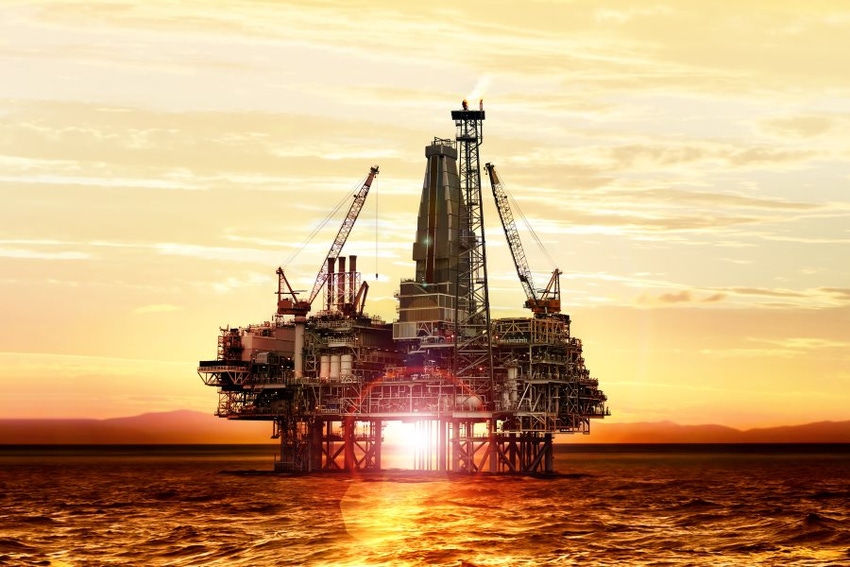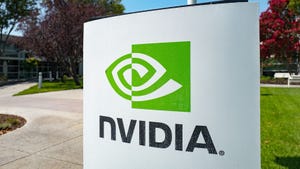Deep Learning Taking Oil & Gas Industry by Storm
June 15, 2017

It has become clear that oil & gas is an industry in which AI technologies have the potential to have a transformative impact. Solution providers and end-users in the space are beginning to recognise this, as shown by BP's $20m investment in AI start-up Beyond Limits last week.
Deep learning in particular is a game-changing technology that have the potential to revolutionize the stakes for oil and gas companies facing profit-making pressure in the face of the dramatic drop in price of oil. Below are three use cases in which these technologies are practically applied to solve real-life problems and impact meaningful business outcomes.
1. Deep learning algorithms detect risks in oil pipelines
In our first use case, we take a look at how algorithms can reveal patterns and information not easily seen in other ways. For instance, drones are increasingly being used for pipeline inspections. As these drones fly through a pipeline, they record an enormous amount of video footage. It’s very difficult for a human being to detect risks such as leaks and cracks in a pipeline. Deep learning algorithms can automatically detect pixel signatures from drone footage for cracks and leaks that humans can miss, thereby minimizing infrastructure risk.
2. Deep learning algorithms detect asset behavior anomalies
While working with several oil and gas companies, we were able to collect a great deal of data from sensors strapped onto upstream assets like frack pumps and rod pumps. Looking for anomalies in high-velocity time-series parameters is like looking for a needle in a haystack for mere mortals. Deep learning algorithms can “see” anomalies that traditional rule-based electronic condition monitoring systems miss and can alert rig operations command centers.
3. Rig diagnostic bots
While providing remote diagnostic services to industrial assets, the conventional form of interaction is through traditional dashboard communications. With the advent of natural language processing algorithms powered by deep learning, field technicians can interact with the asset diagnostic applications through voice interactions just as bots help in customer service.
Concluding thoughts
The advent of deep learning has brought about great strides in learning, such as predicting and determining attributes, including insights on anomalism, digital signatures, and acoustic changes and patterns. Being able to see beyond what can be seen provides the potential, as is illustrated in our uses cases, to head off potential problems and structural failings, saving organizations time and money and keeping all that benefit from their services safer. We envision a future where the twin digital capabilities of deep learning will differentiate the winners from the laggards in the competitive energy marketplace — and the first steps are being taken right now.
This article was republished from: http://internetofthingsagenda.techtarget.com/blog/IoT-Agenda/Three-practical-applications-of-deep-learning-and-IoT-in-oil-and-gas
About the Author(s)
You May Also Like
.jpg?width=700&auto=webp&quality=80&disable=upscale)
.jpg?width=700&auto=webp&quality=80&disable=upscale)
.jpg?width=700&auto=webp&quality=80&disable=upscale)



.jpg?width=300&auto=webp&quality=80&disable=upscale)
.jpg?width=300&auto=webp&quality=80&disable=upscale)